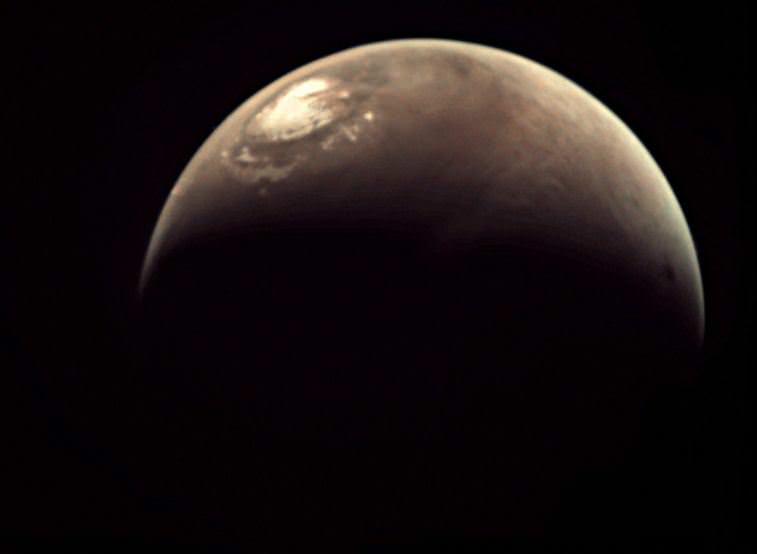According to a press release posted on SpaceRef and NASAWatch, Dennis Tito — the first-ever space tourist — is planning to send a human mission to Mars in January 2018 on a round-trip journey lasting 501 days. The trip would be timed to take advantage of the launch ‘window’ when Mars and Earth reach a position in their respective orbits that offers the best trajectory between the two planets.
Reportedly, Tito has created a new nonprofit company called the Inspiration Mars Foundation to facilitate the mission. The mission is intended to “generate new knowledge, experience and momentum for the next great era of space exploration.”
(2/21/13 13:00 UTC) We have an update on this news below:
Tito, along with several other notable people from the space community will provide more information in a press conference set for Wednesday, February 27th. Also at the press conference will be Taber MacCallum and Jane Poynter who were members of the Biosphere-2 project, and who are with the Paragon Space Development Corporation, which creates life-support systems, and Jonathan Clark, a medical researcher at the National Space Biomedical Research Institute, who may discuss the dangers from radiation to humans in deep space. The press conference will be moderated by journalist Miles O’Brien.
Tito paid about $20 million to visit the International Space Station in 2001.
Another endeavor, the Mars One project, wants to create a human settlement on Mars by 2023.
UPDATE: Spaceflight expert Jeff Foust did a some digging, and posted some insights about this story in his NewSpace Journal. Foust obtained a copy of a paper Tito plans to present at the IEEE Aerospace Conference in March, which discusses conference, a crewed free-return Mars mission that would fly by Mars – no going into orbit or landing. Such a 501-day mission would launch in January 2018, “using a modified SpaceX Dragon spacecraft launched on a Falcon Heavy rocket,” Foust writes. “According to the paper, existing environmental control and life support system (ECLSS) technologies would allow such a spacecraft to support two people for the mission, although in Spartan condition. ‘Crew comfort is limited to survival needs only. For example, sponge baths are acceptable, with no need for showers,’ the paper states.”
One of the paper’s co-authors is NASA Ames director Pete Worden, the paper outlines how NASA would also have a role in this mission in terms of supporting key life support and thermal protection systems, even though this is a private-sector effort. No estimates of what such a mission would cost are included in the paper, but it does say it would be financed privately. The paper adds that if they miss this favorable 2018 opportunity, the next chance to take advantage of this lower energy trajectory would be in 2031.
Read more in Foust’s NewSpace Journal.
We’ll provide more information when it becomes available.


